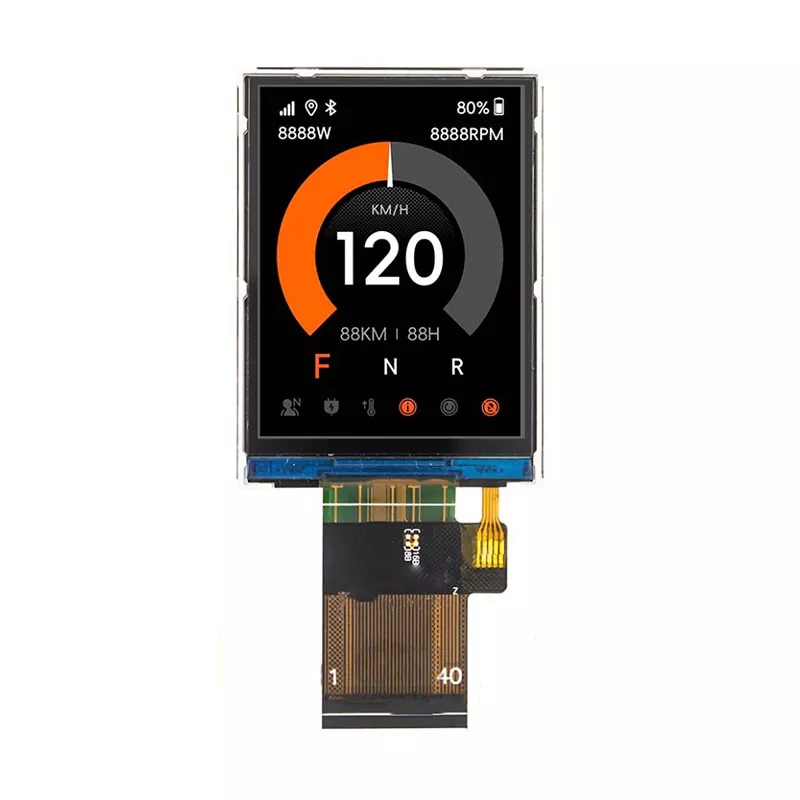
- English
- Español
- Português
- русский
- Français
- 日本語
- Deutsch
- tiếng Việt
- Italiano
- Nederlands
- ภาษาไทย
- Polski
- 한국어
- Svenska
- magyar
- Malay
- বাংলা ভাষার
- Dansk
- Suomi
- हिन्दी
- Pilipino
- Türkçe
- Gaeilge
- العربية
- Indonesia
- Norsk
- تمل
- český
- ελληνικά
- український
- Javanese
- فارسی
- தமிழ்
- తెలుగు
- नेपाली
- Burmese
- български
- ລາວ
- Latine
- Қазақша
- Euskal
- Azərbaycan
- Slovenský jazyk
- Македонски
- Lietuvos
- Eesti Keel
- Română
- Slovenski
- मराठी
- Srpski језик
反射性TFTモジュールとトランスフリース型TFTモジュールの違いを知っていますか?
2025-03-28
Liquid crystal display (LCD) can be divided into several types such as TFT-LCD, TFD-LCD, SIN-LCD, GF-LCD according to different classification methods. According to the different technical characteristics of the backlight source, it can be divided into reflective and transflective. Today we will discuss in detail the difference between reflective display and transflective TFT Module.

Generally speaking, transmissive LCD requires backlight to be clearly visible. Reflective LCD has no backlight and relies on external light source.Semi-transmissive and semi-reflective LCD combines the characteristics of transmission and reflection, using external ambient light in strong light environment and backlight in dark environment. It can make good use of ambient light and has a certain eye protection effect.
First of all, the performance is different when the ambient light is insufficient. In the case of insufficient ambient light, both reflective and transflective TFT Module can actively emit light for illumination. However, due to the different positions of the light source, the reflective display cannot achieve the uniform brightness of the transflective display. In an environment with the backlight turned off and sufficient light, the performance of the reflective display is theoretically better than that of the transflective display, but the actual effect is not the case.
There are also differences in performance under direct viewing and offset angles.In sufficient light, both transflective and reflective displays have good direct viewing effects. However, when viewed at an offset angle, reflective displays perform better than transflective displays.
In addition,The power consumption of the display is also a factor that needs to be considered. Displays with reflective effects show certain advantages in this regard. After all, the power consumption comparison between line light sources and sheet light sources is significant.
In summary, reflective displays and transflective TFT modules have their own advantages and disadvantages. Which type of display to choose depends on the specific application scenario and needs. I hope this information can help you better understand the difference between the two displays, so that you can better choose products according to your own needs.




